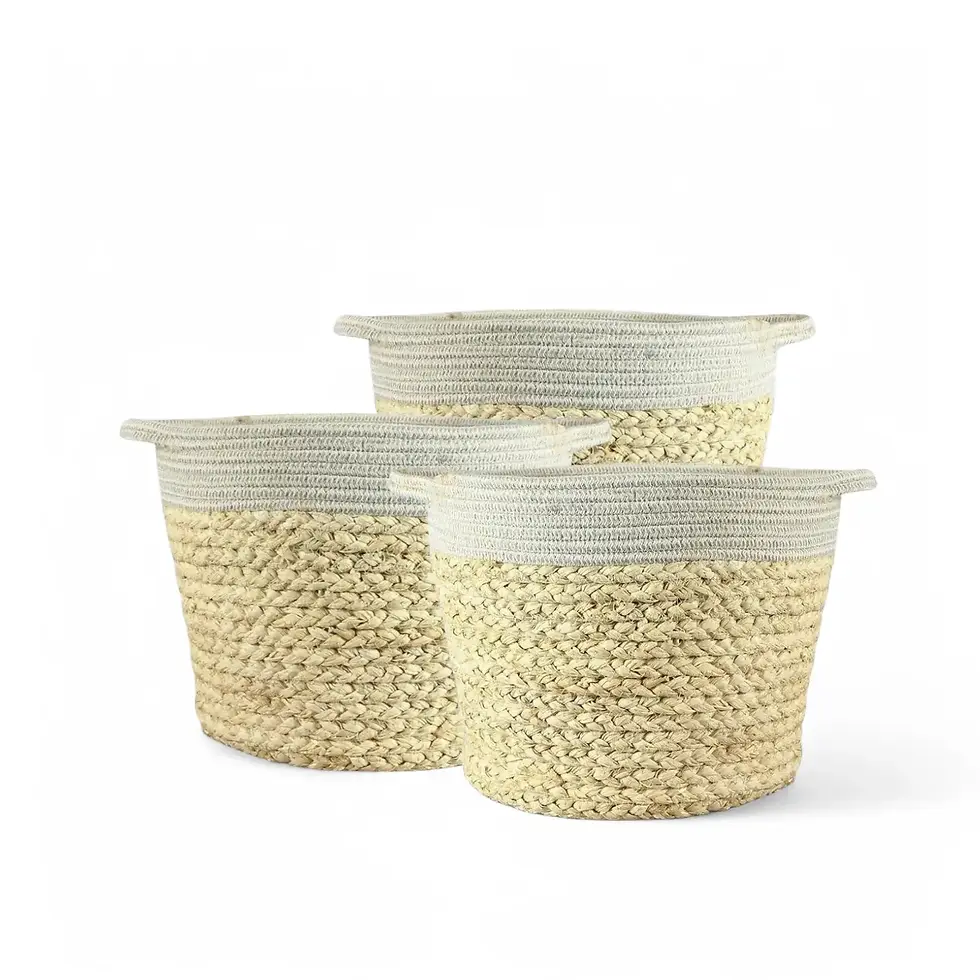Hoya obovata variegata – Plant Information and Care
The captivating Hoya obovata variegata is a stunning variety of Hoya obovata Decne, known for its nearly round or “inverted heart”-shaped leaves. This variegated gem is highly prized for its unique leaf patterns and ease of care, making it a delightful addition to any plant collection.
Unique Features:
Hoya obovata variegata is distinguished by thick, leathery leaves up to 15 cm in diameter and 10 cm in width, each displaying a distinctive notch at the tip. Young leaves emerge in a charming pink hue, gradually turning dark green as they mature, highlighted with silver flecks for ornamental appeal.
The plant’s semi-pendent, flattened umbels produce clusters of 15–25 creamy white to pinkish-yellow flowers, each up to 15 mm across. The corolla’s purplish-red center can sometimes appear dark orange or brown, creating a striking contrast.
Hoya obovata variegata Care Guide
- Light: Prefers bright, indirect light. A few hours of gentle morning sun can enhance variegation and growth. Avoid direct afternoon rays to prevent scorching.
- Watering: Allow the soil to dry between waterings. Overwatering can cause root rot. Water thoroughly and let excess drain away.
- Humidity: Adapts to moderate indoor humidity. Higher humidity can intensify leaf coloration and encourage healthy growth.
- Temperature: Thrives in warm conditions (18–26°C). Shield from cold drafts and temperatures below 10°C.
- Soil: Use a well-draining mix (orchid bark, perlite, coco coir). This ensures aeration and minimizes waterlogging.
- Feeding: During the growing season, feed every 4–6 weeks with a balanced, water-soluble fertilizer at half strength. No need to alter feeding in winter.
- Pruning: Minimal pruning required. Remove dead or damaged leaves; avoid cutting long tendrils as they produce new growth and flowers.
- Support: Provide a trellis or support for climbing. This promotes a fuller look and natural growth habits.
Common Issues and Solutions
Even with proper care, Hoya obovata variegata can face challenges:
- Yellowing Leaves: May indicate overwatering or insufficient light. Adjust watering habits and move to a brighter spot if needed.
- Browning Leaf Edges: Often due to low humidity or underwatering. Check soil moisture and consider a slight increase in ambient humidity.
- Pests: Mealybugs and spider mites are common. Inspect leaves regularly; treat with insecticidal soap , neem oil, or use beneficial insects when detected.
- Root Rot: Typically caused by excess moisture or poor drainage. Allow soil to dry and, if persistent, repot in fresh, well-draining mix.
Additional Tips for Optimal Growth:
- Place in bright, indirect light for most of the day to replicate its native habitat.
- Monitor leaf color; vibrant hues suggest adequate lighting. If variegation fades, increase light exposure.
- When repotting, go only slightly larger, as Hoyas generally prefer a snug root environment.
By recreating the bright, airy conditions of its native environment—allowing periods of dryness and offering ample light—you’ll help Hoya obovata variegata flourish with its signature vibrant foliage.
Etymology
The genus Hoya honors Thomas Hoy, an esteemed English gardener and botanist of the 18th–19th centuries. The species name obovata describes the leaves’ “inverted egg” shape, broader at the top. This variegated form stands out for its colorful, flecked foliage that delights collectors worldwide.
Hoya obovata variegata
Hoya obovata variegata comes in a ⌀ 10.5 cm pot and is approximately 12 cm tall

























































